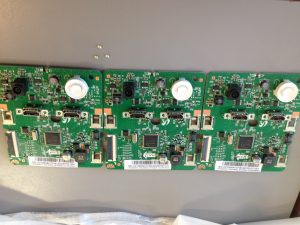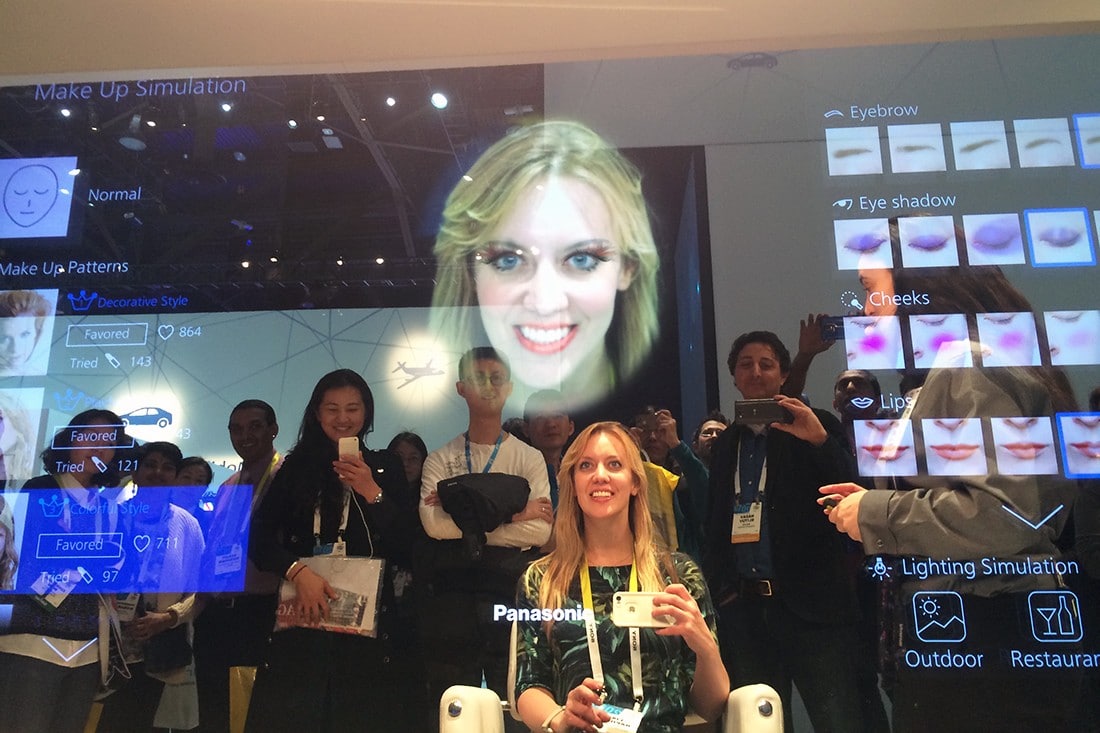Open source platform for smart mirrors called Nodes
Nodes, an app development agency based in UK and Denmark, have been funding the research and development of the smart mirror’s hardware, while they’ve been working internally on developing new software and applications specifically for Smart Reflection. Being open-source, this software that includes voice recognition via Google Assistant, Apple’s Safari and Amazon’s Alexa could even be used for other mirrors or DIY projects as well. And as such allows for third-party developers to develop their own applications as well.
While currently undergoing the final stages of internal testing, Nodes is expected to release everything on a new GitHub project page with tutorials on how third party developers can access the built-in API, or even write their own to use with the voice and facial recognition applications that will also be publicly available on GitHub.
Smart Mirror Dimensions and Use cases
 The mirror measures 28 inches in width and is 52inches high, with no less than three 32 inch Samsung monitors, each powered by their own Raspberry Pi 3B, behind the two-way mirror. Currently, there’s only going to be this one size, although Nodes have considered a cheaper and smaller option with just a single thirty inch monitor as well.
The mirror measures 28 inches in width and is 52inches high, with no less than three 32 inch Samsung monitors, each powered by their own Raspberry Pi 3B, behind the two-way mirror. Currently, there’s only going to be this one size, although Nodes have considered a cheaper and smaller option with just a single thirty inch monitor as well.

The Smart Reflection project is open for user-submitted ideas, as well as pursuing different options internally. Its current iteration is fully functional and is somewhat limited by the fact that the software is heavily dependent on the tastes of the developers themselves. This means that the current apps available might not suit the tastes of home users, and while they can download any app in the app stores, half of the exciting features about the smart mirror is customized apps specially designed for the mirror and its hardware.
Just like with smartphones and their app stores, having a marketplace for smart mirror apps specifically could go a long way in creating an ecosystem in which customers and DIY builders can download great functionality to their hardware.Some basic features are available in the current version, such as weather forecasting with a thirty day look-back period, featuring simple machine learning for predicting the best set of clothes to wear throughout the day.
There’s also a built-in software function that works together with an electronic scale, which can be placed on the floor, allowing the user standing in front of the mirror to be identified by his or her weight and footprint.












